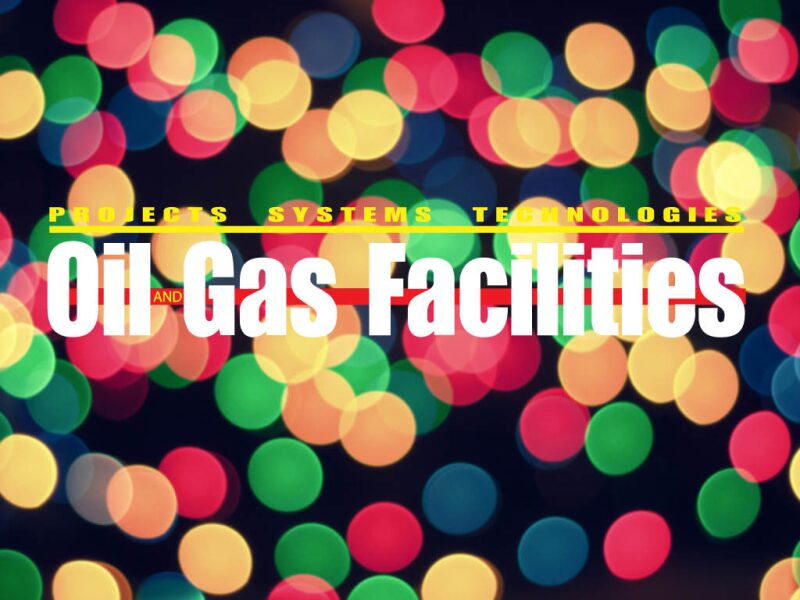Our industry is going through some tough times, and it seems that in 2016, the going will get even tougher before it gets better. One of the first business articles I read this morning dealt with the mounting calls on Wall Street for USD 20 oil and the prediction that supply will exceed demand for quite some time. Unfortunately, I am dealing with the opposite: a lack of papers that are submitted for peer review and that means that in this issue there will be only two papers.
The silver lining is that this provides a little bit more space in my introduction to write about the value of peer-reviewed papers. I continue to be surprised how few papers we receive from graduate engineers to inform the industry about the projects and research they have been working on. Or from manufacturers to state (in technical and noncommercial terms) how they have developed the solution to a specific problem in our industry. I could go on with giving examples, but that is beside the point. The real point is that by submitting a paper for peer review, you receive comments, suggestions, or questions that will improve the quality of the paper and advance the thinking behind the paper, provided you make the effort to address these items. That is why I encourage all of you to submit papers for peer review; yes, it is work to do so, and yes, it is tough when you get a list of review comments, but in the end, the final product will be better, just as our industry will come through this downturn stronger and more advanced.
The two papers that are included in this issue deal with sand/solids removal from separators and pipeline protection.
Sand and solids are removed from production separators either offline or online by use of jetting systems. Traditional jetting designs use spray nozzles to fluidize and push the sand toward a covered outlet to evacuate the solids from the vessel, but cyclonic-jetting technology combines the fluidization and evacuation functions into a single, compact device. On the basis of a hydrocyclonic platform, this technology converts jetting spray water into shielded vortex flow that fluidizes sand in a circular zone without disturbing the oil/water interface. In the first paper, the integration and operation of a jetting system with transport, dewatering, and disposal stages of facilities sand management are presented as guidelines for designing such a system.
The second paper deals with real-time protection of a pipeline network, which can be a very costly task given the extent of many oil and gas pipeline systems. This paper presents the deployment plan and communication architecture of unmanned air vehicles (UAV) for pipeline monitoring, whereby the pipeline network is divided into wide area cells, and each cell is controlled from a facility. Low-power UAVs with directional antennas and long-range zoom cameras are deployed quickly to provide real-time visual monitoring of a pipeline section whenever a pressure drop or any significant third-party activity is detected. Depending on the visual information received, personnel can be deployed to take the necessary corrective action.
I hope that you will find these two papers interesting, but first and foremost, I hope it will encourage you to submit papers for peer review.
Gerald Verbeek, Peer-Review Editor
Verbeek Management Services
Associate Editors
Williams Chirinos,
InexertusGalen Dino, Audubon Engineering Solutions
Sudhakar Mahajanam, ConocoPhillips


